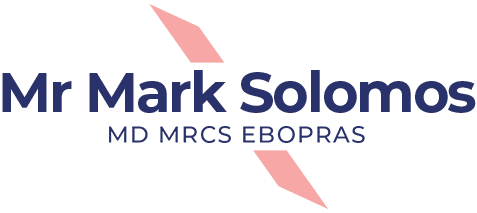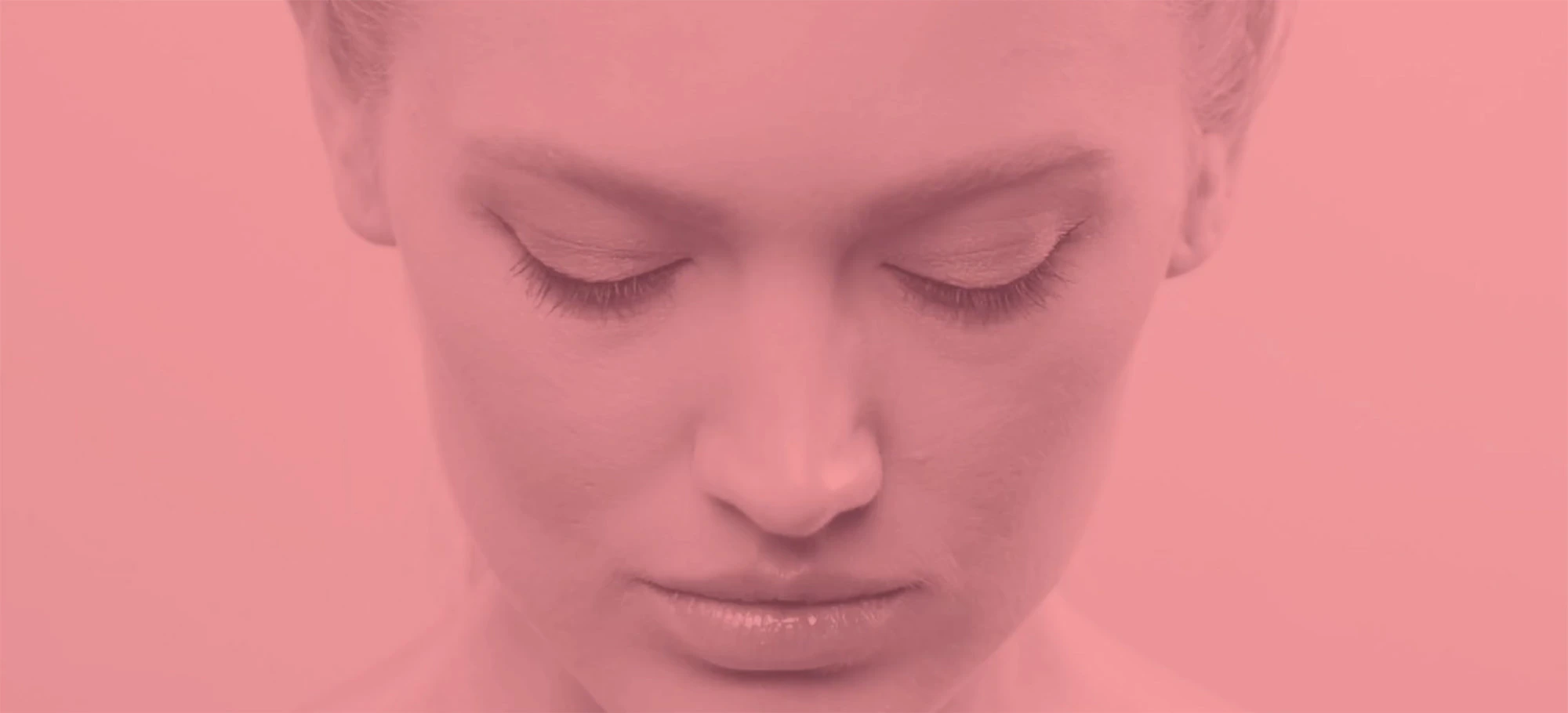Reshape Your Nose, Reshape Your Confidence
This popular type of facial plastic surgery can dramatically enhance your facial appearance and improve your quality of life. As a leading plastic surgeon in London, I’m dedicated to providing you with clear, accurate information about this transformative option.
This procedure reshapes the nose by adjusting its size, shape, or structure. It can create a more balanced and harmonious facial appearance by correcting a crooked nose, refining the tip, or adjusting the overall size. It can also address functional issues like breathing problems caused by a deviated septum.
Every procedure I perform is tailored to the individual’s unique needs and desired outcome. During your consultation, we’ll discuss your goals in detail to ensure the results are natural and complement your facial features.
Types of Rhinoplasty
- Primary: This is the initial surgery performed on the nose.
- Revision Rhinoplasty: This procedure corrects any issues from a previous surgery or further refines the results.
Nose reshaping can also be categorised by the surgical technique used (open or closed) and the specific goals (cosmetic, functional, or both).
Benefits of Nose Surgery
- Enhanced Facial Harmony: Achieve a more balanced and aesthetically pleasing appearance by addressing concerns about the nose’s size, shape, or symmetry.
- Boosted Self-Confidence: Feeling good about your appearance can significantly impact your self-esteem and confidence.
- Improved Breathing: Correct structural issues that hinder breathing, improving your overall quality of life.
- Long-lasting Results: Enjoy the benefits of your reshaped nose for years to come.
Is It Right for You?
Before undergoing this procedure, it’s essential to consider the following:
- Realistic Expectations: Any cosmetic surgery can create significant improvements, but it’s important to have realistic expectations about the outcome. The goal is to achieve a natural-looking nose that complements your face.
- Choosing the Right Surgeon: Select a qualified and experienced plastic surgeon specialising in this field. Review before-and-after photos and testimonials to assess their expertise.
Find out more about cosmetic rhinoplasty at my London clinics.
- Cost: Costs vary based on the complexity of the procedure. View this as an investment in your well-being and confidence.
- Recovery Time: Plan for several weeks of recovery time, allowing for swelling and bruising to subside.
- Risks and Complications: As with any surgery, there are potential risks. We will discuss these in detail during your consultation to ensure you’re fully informed.
Ready to Learn More?
If you’re considering this procedure, I encourage you to schedule a consultation. We’ll discuss your goals, address your concerns, and create a personalized plan to help you achieve the nose you’ve always wanted.




